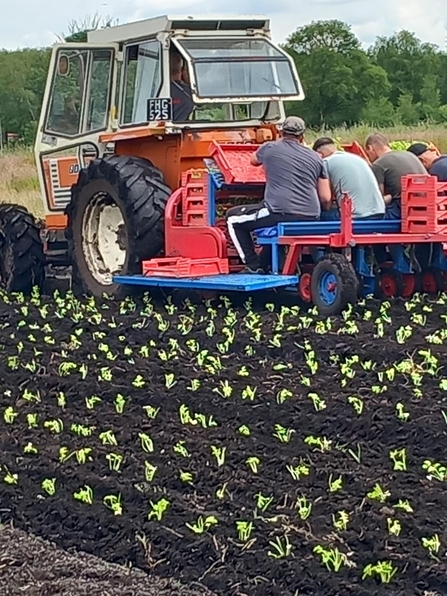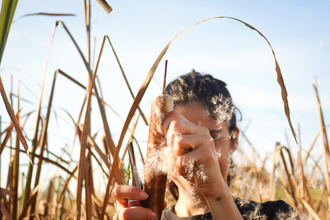Large amounts of the UK’s lowland peatlands have been drained and converted to agricultural use, providing many of our salads, vegetables and cereals. However, this combination of drainage and intensive farming techniques has serious environmental consequences through the release of the carbon previously stored in the peat into the atmosphere when it is exposed to oxygen. Wetter farming, or paludiculture, is the practice of farming with a higher water table to reduce carbon emissions, whilst ensuring that the land remains productive and profitable for our farmers.
Read our blog: What is wetter farming?
At our Rindle wetter farming trial we are investigating how crops including celery, blueberries and now lettuce can be grown on an area of re-wetted agricultural peat.



